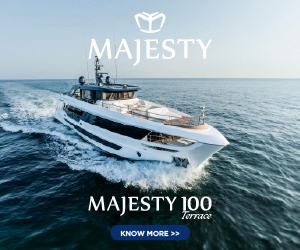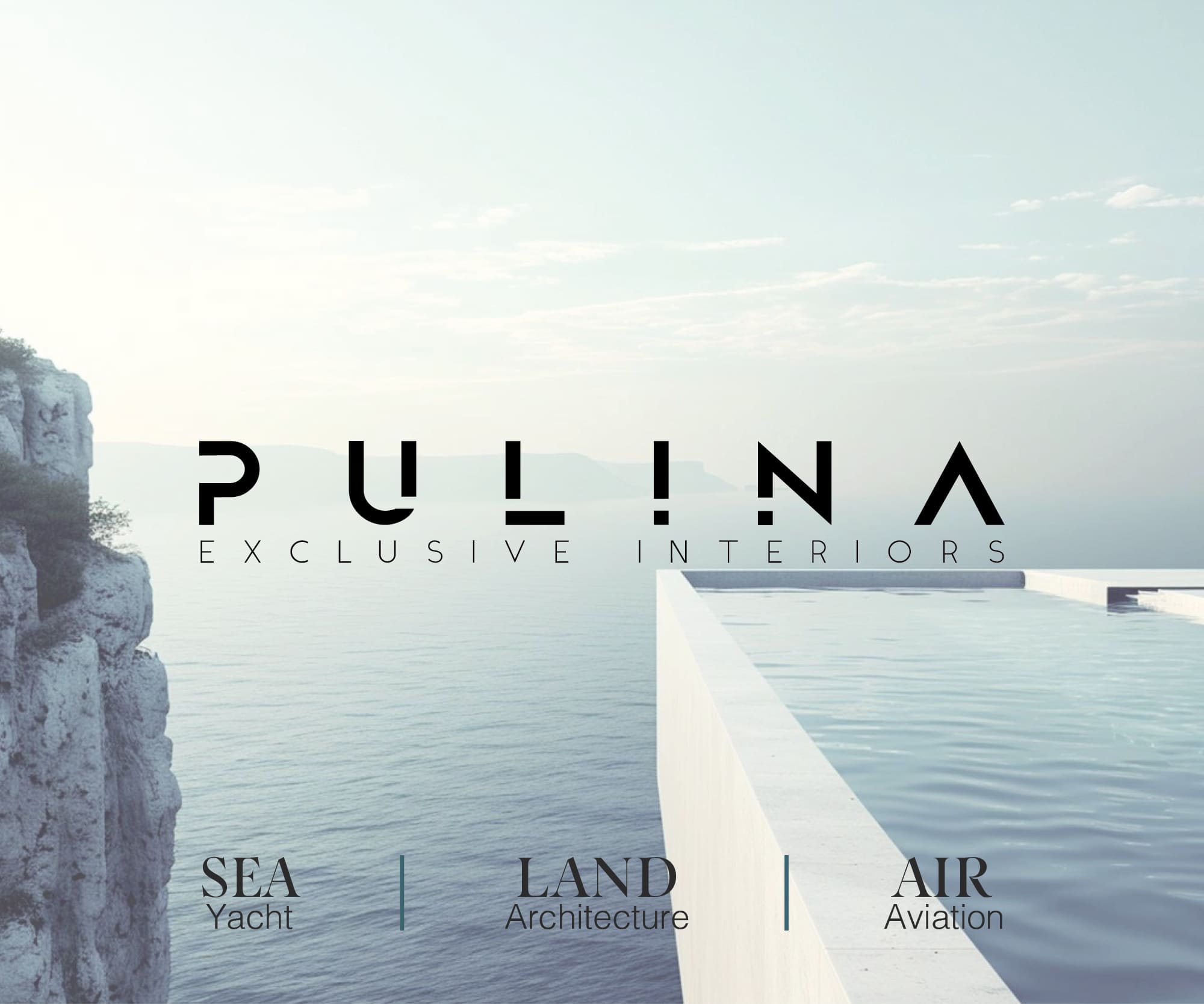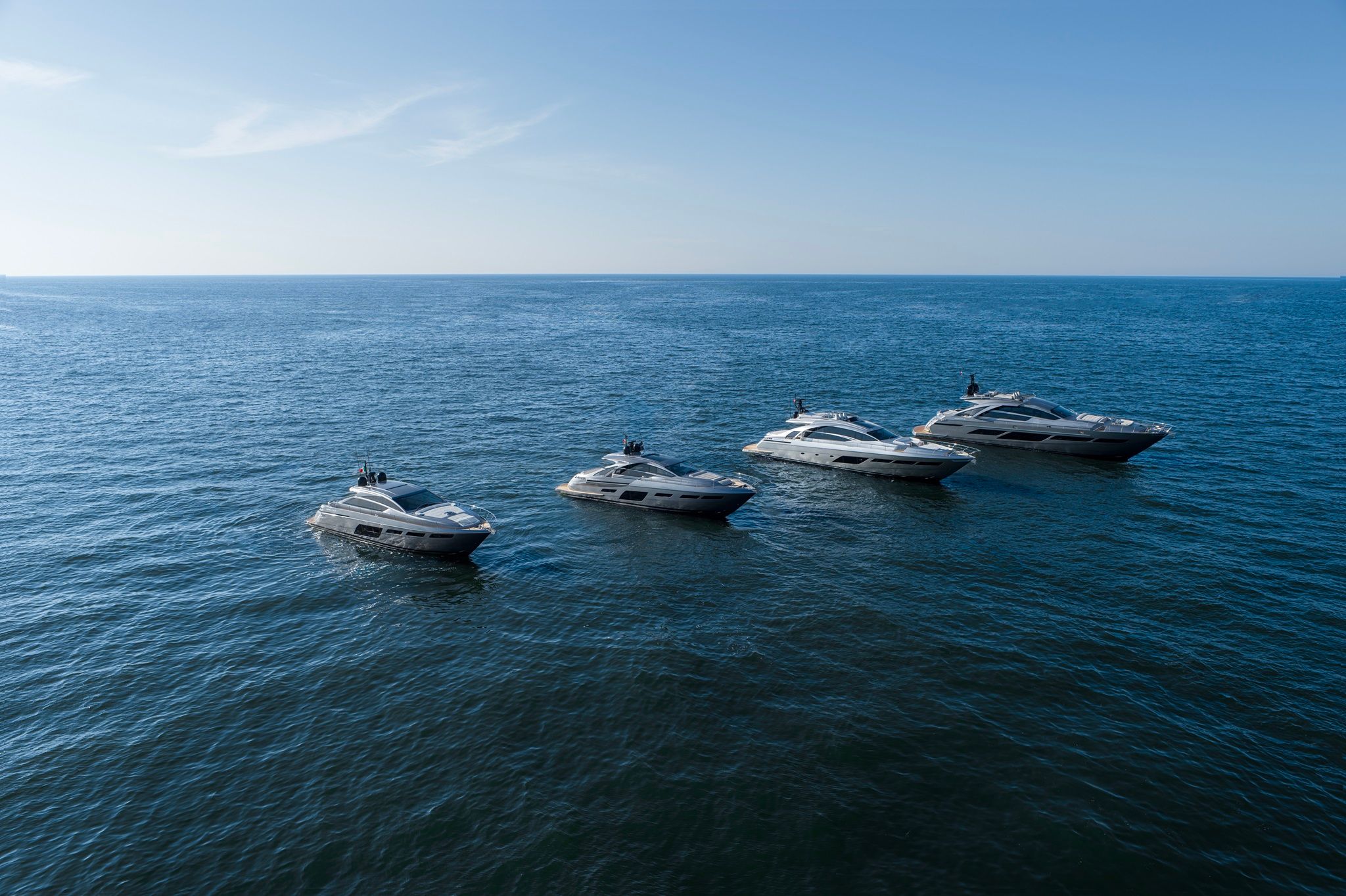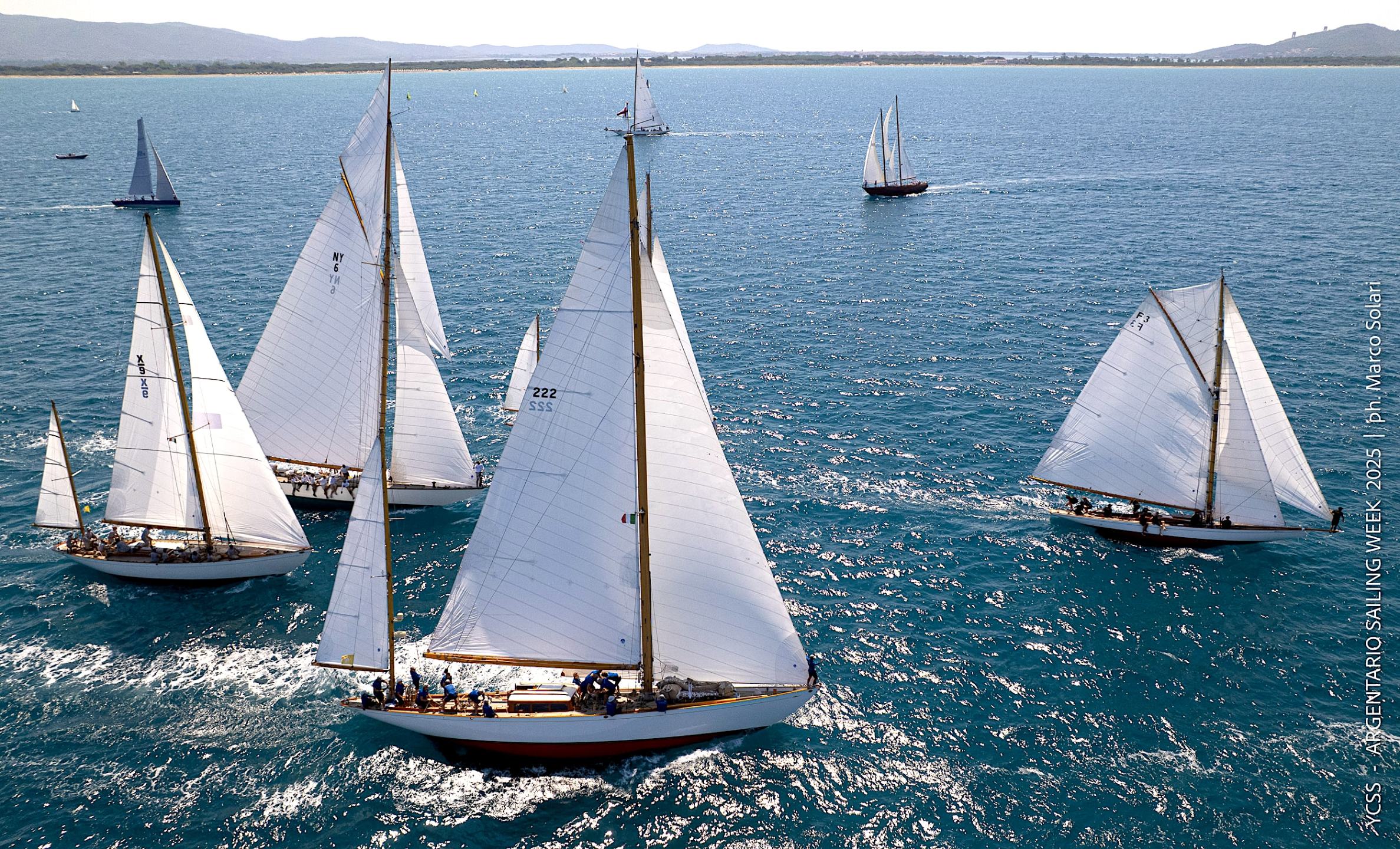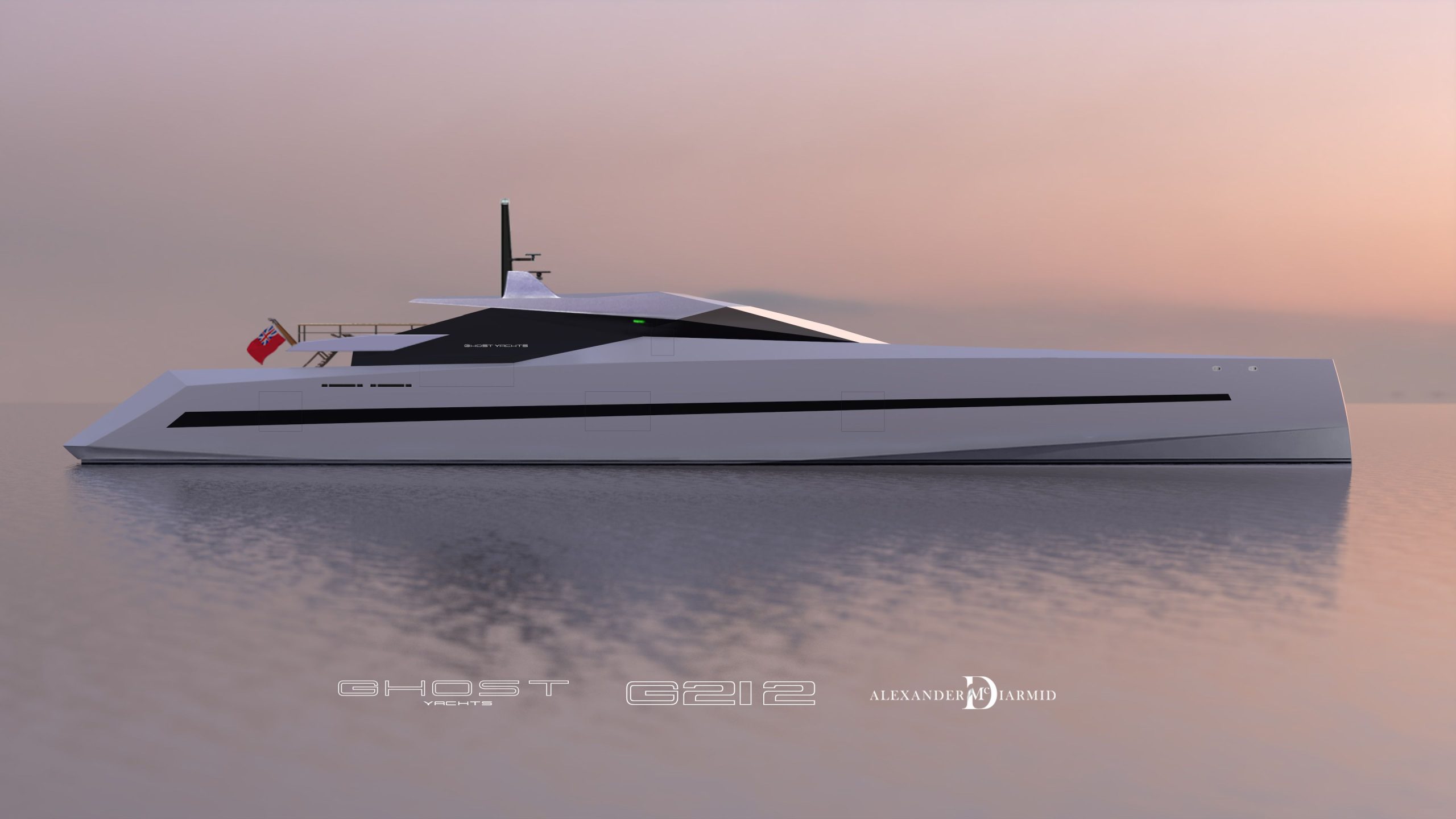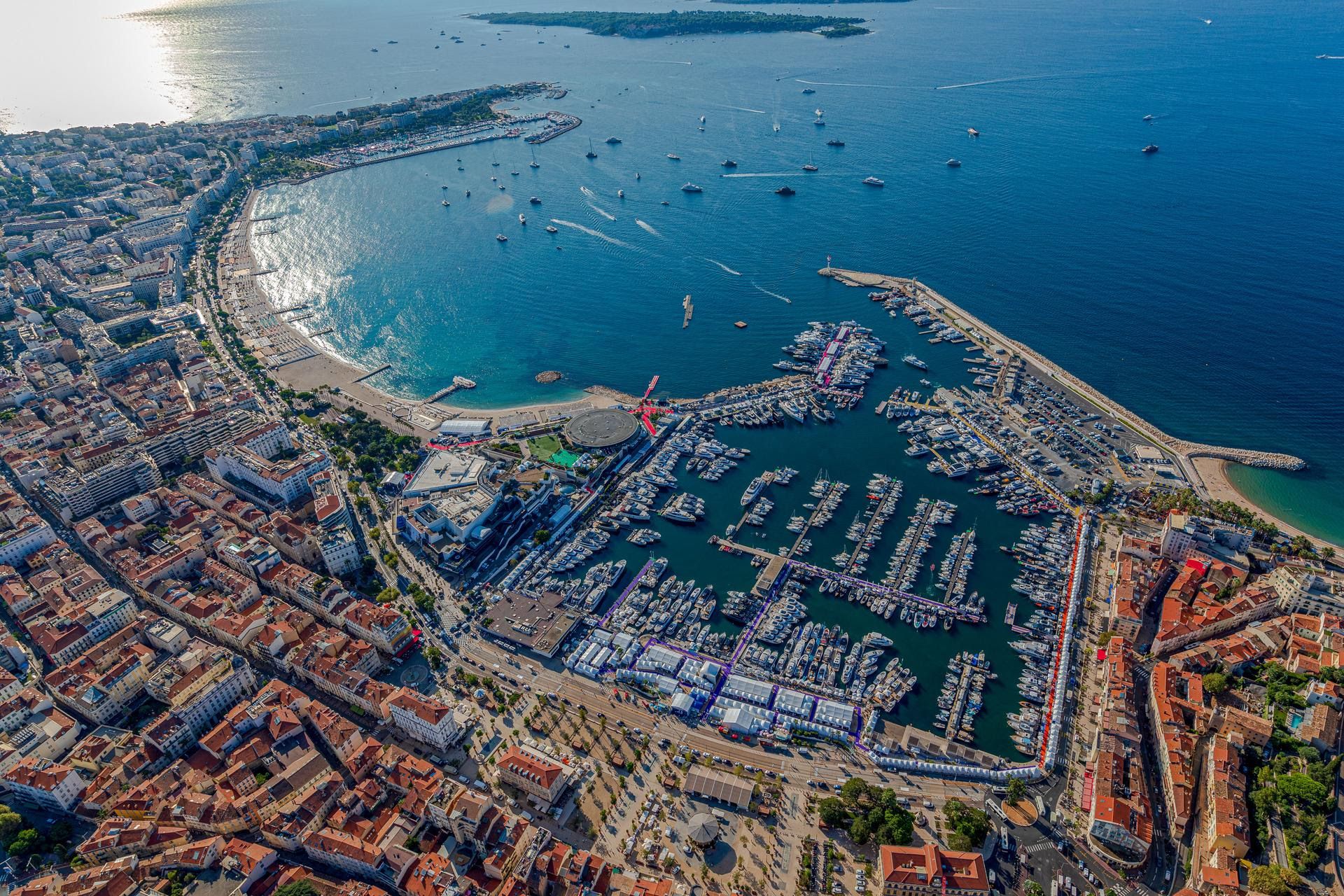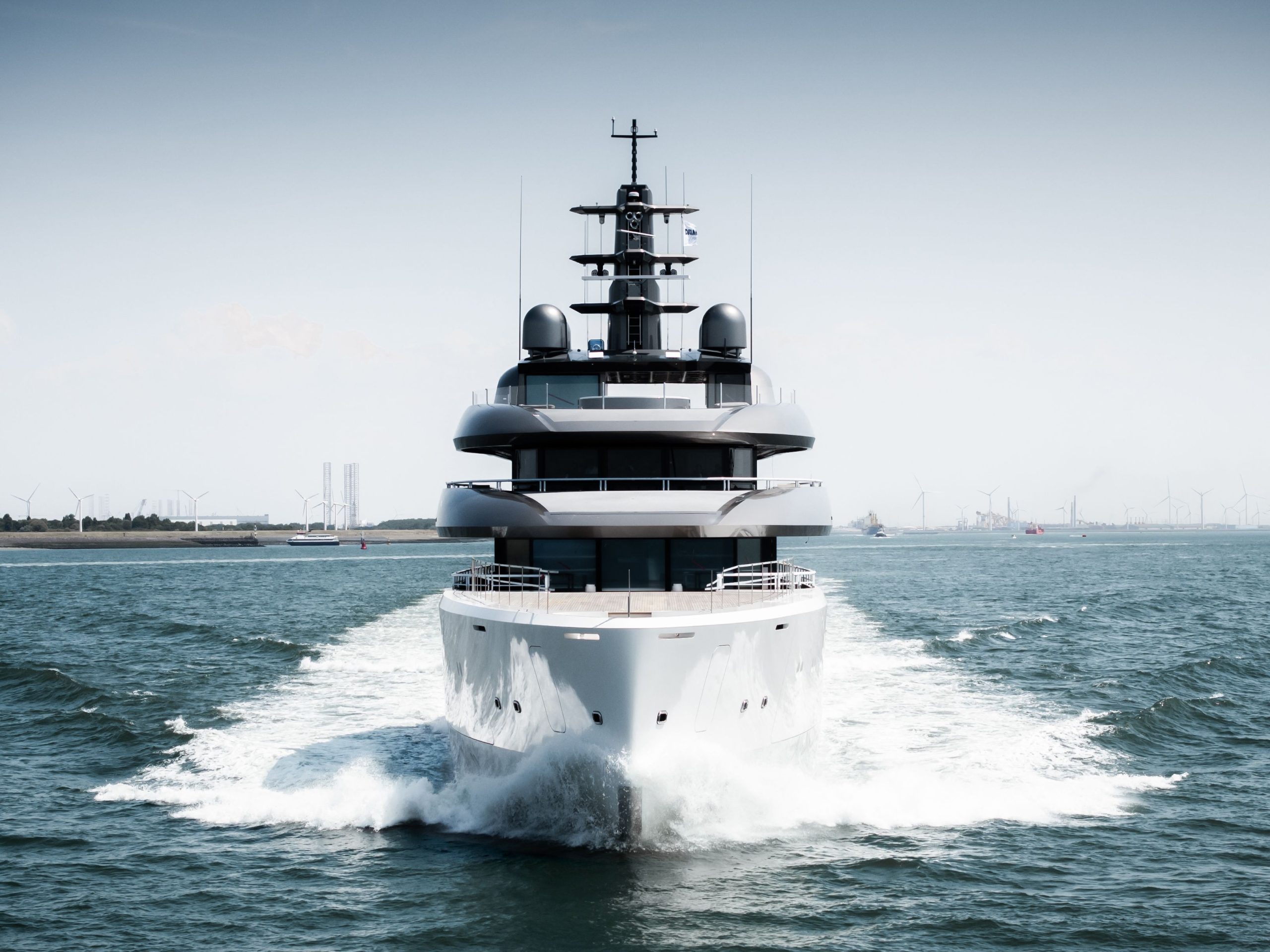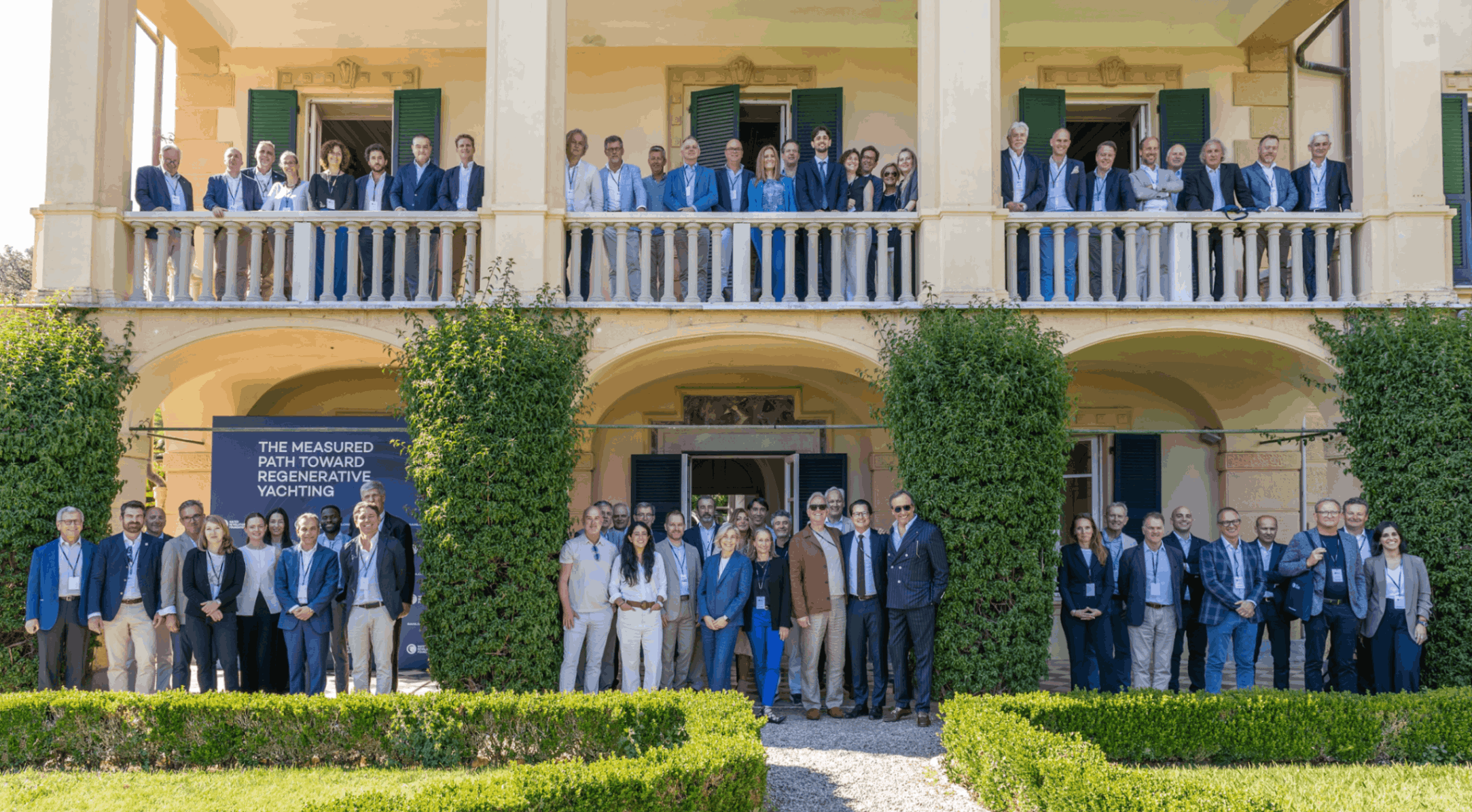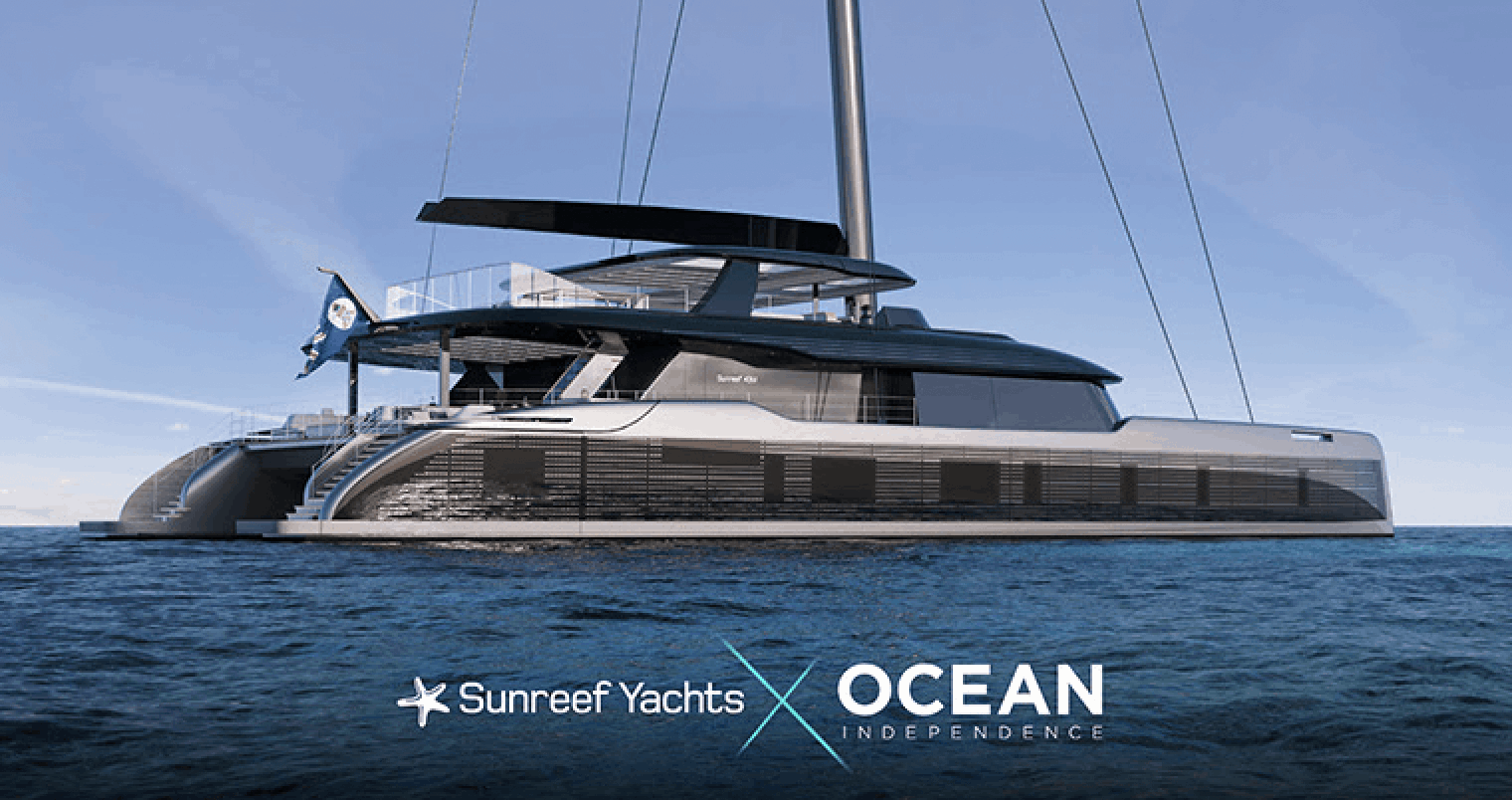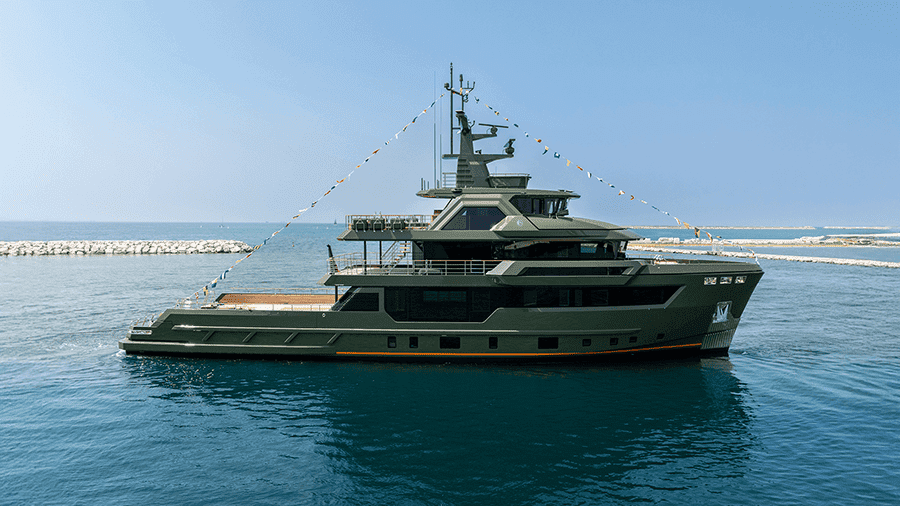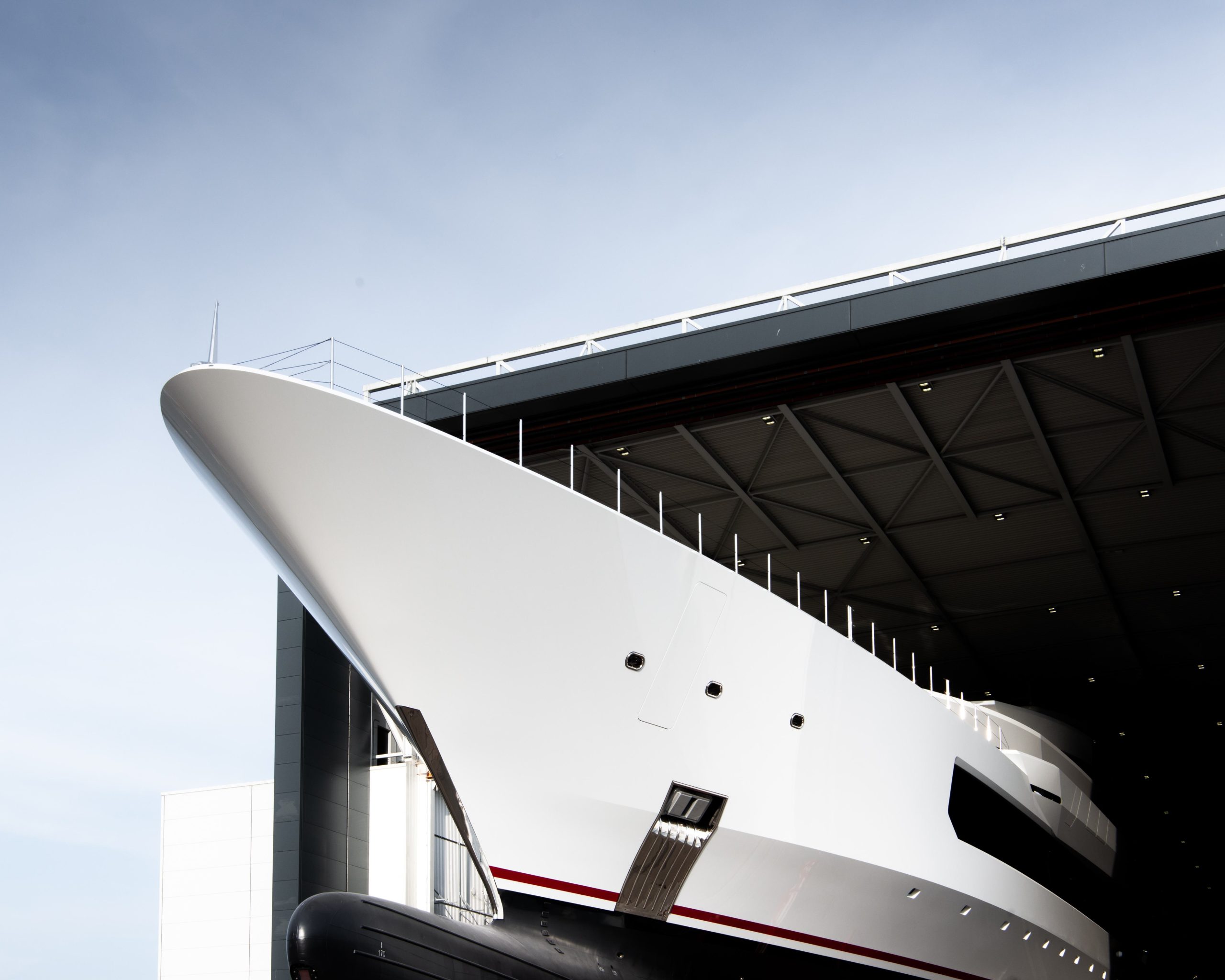LeCoultre pursues its commitment to the planet
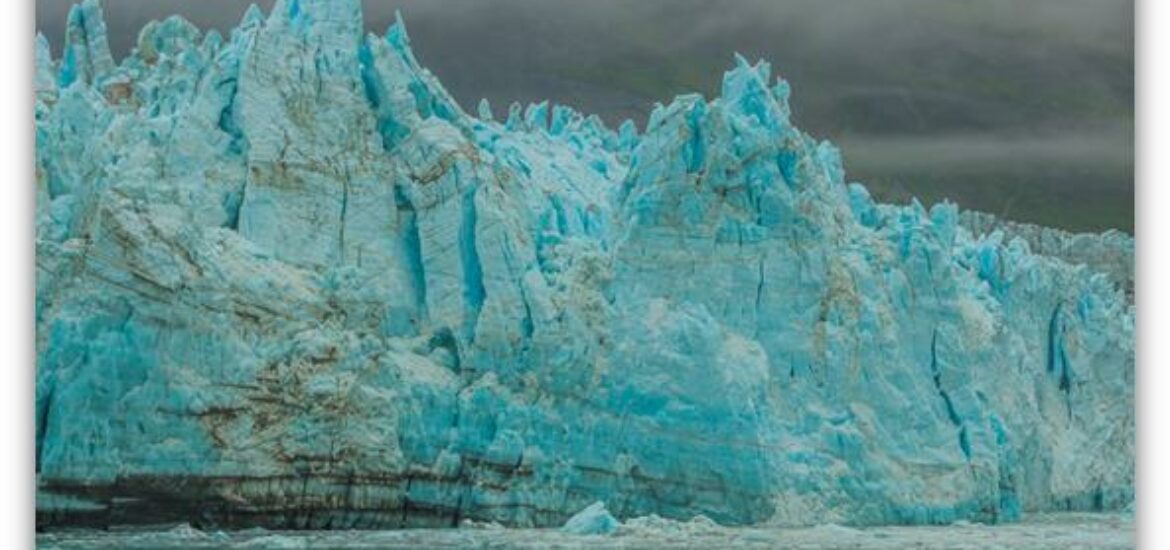
Jaeger – LeCoultre pursues its commitment to the planet at Glacier Bay, a UNESCO World Heritage Marine site
Since 2008, Jaeger –LeCoultre and UNESCO have been working together to protect the 47 marine sites appearing on the UNESCO World Heritage list. The support that Jaeher-LeCoultre lends to the preservation of these unique marine treasures is part of an approach dedicated to sustaining the most precious resources on our planet.
To reassert its long-term commitment, the Manufacture has made a short video on Glacier Bay National Park (USA), recognising the work of scientists and project managers that preserve the site. The Grande Maison and UNESCO have chosen April 22nd, 2015, Earth day’s 45th anniversary – a symbolic date that spurs reflexion on environmental issues – to highlighted the partnership and unveil this video in Jaeger-LeCoultre New York Boutique.
Glacier Bay: exploring an open-air lab
Every year, Jaeger-LeCoultre pays tribute to a marine site appearing on the UNESCO World Heritage list. This year, the spotlight is being turned on Glacier Bay National Park and Preserve, located on the Canadian Border of Alaska.
As Scott Gende, Senior Scientific Advisor of Glacier Bay, explains: “The scientific research conducted there is of the uttermost importance. The zone was declared an American national monument in 1925 due to the unique possibility it affords of studying the succession of glacial periods. That is why the project leaders at Glacier Bay encourage both general research such as glaciology and the evolution of the landscape, as well as more applied studies focused on the consequences of incursions.”
A true inspiration for all marine advocates of the oceans, this park was an obvious choice for Jaeger-LeCoultre. The video retraces the history of the site, which was inscribed on the UNESCO World Heritage list in 1992. Not only does it shelter some of the last glacier on our planet, but also large areas of non-polar ice fields, a spectacular forest and numerous fjords. It is home to mammals such as porpoises, seals, sea lions, several species of whales as well as the famous sea otter whose precious fur almost caused its extinction several centuries ago.
These marine animals live in perfect harmony at Glacier Bay thanks to a set of very strict preservation policies and management rules. The effective administration of the park has allowed species at risk such as the humpback whale and the sea lion to find a sure refuge.
Protecting whales
Long before its inscription on the World Heritage list. Glacier bay was already a privileged site for scientific research. While humpback whales come to feed in this zone during their migration, collisions with cruise boats have occurred, causing near fatal and sometimes deadly injuries. In 2005, a research program was launched in order to solve this problem.
Since then, all boats entering the part have been inspected by the onsite teams. This project is the first one of this amplitude to constantly gather data on the interaction between boats and the large marine mammals. As they begin exploring the park, the boats have marine mammal biologists on board who are able to detect every whale in the zone using special binoculars. As soon as a whale is spotted, an automatic message is sent to the captain, allowing him to adjust his route and speed. The results of this endeavour have served to establish a new set of navigation rules in the Glacier Bay area that have considerably reduces the risks for the humpback whales, making this unique place a true refuge for them.
Ethics begins at home
Committed to respecting its immediate natural surroundings since 1833. Jaeger-LeCoultre now contributed to worldwide environmental protection through a partnership with UNESCO. Jaeger- LeCloultre’s commitment to protecting marine sites is only aspect of its general policy of protecting the earth’s resource.
True to its historical origins in the Vallee de Joux, Switzerland, Jaeger-LeCoultre has carefully controlled its expansion and contributed to preserving the unique landscape of the region by meeting high standards in terms of construction, transport, and energy and water conservation. The Minergie and Hydro-locale labels awarded to the Brand testify for its ecological responsibility in terms of architecture. Its premises meet the criteria for low energy consumption and produce renewable energy from the water of the lake and rivers in the Vallee de Joux. Furthermore, the Manufacture has built one of the region’s first waste water treatment plants.
A responsible mobility policy has been initiated, encompassing the implementation of a bus service comprising three free lines running to and from the Manufacture for employees, strong incentives to use carpooling as well as the replacement of certain company vehicles by electric ones.
Moreover, Jaeger-LeCoultre is extremely vigilant regarding the sourcing of diamonds, gold and leather. The diamonds and gemstones used in its watches meet the Kimberley process standards, ensuring that they do not come from a war zone and that the income from their purchase will not be used to finance any kind of conflict. Their acquisition also complies with standards set by the Responsible Jewellery Council. The leather straps adorning Jaeger-LeCoultre watches all meet the standards set by the Convention on International Trade of Endangered Species (CITES), which guarantee that international trade in specimens of wild animal and plants does not threaten their survival in the wild.
Jaeger-LeCoultre commitment
Since 2008, the brand has been supporting UNESCO in the protection of the ever-increasing number of marine sites on the World Heritage list. Its commitment has heightened awareness among the general public of the need to preserve our precious marine heritage. It has also contributed to the World Heritage Marine Programme in Paris as well as numerous field conversation projects in Brazil, the Philippines, Colombia, the United Sates and Costa Rica.
The programme has helped double the marine zone protected by the World Heritage Convention and to establish a substantial network of marine site manager who pool their efforts and their good practice.
Jaeger-LeCoultre’s passion for the underwater world was born a long time ago. In 1959, the Manufacture presented its first diving watch: the Memovox Deep Sea, the first automatic watch equipped with an alarm system. The brand’s profound attachment to the oceans has made it keenly aware of the fragility of the balance governing marine ecosystem. This is why Jaeger-LeCoultre is pursuing its commitment to preserve the priceless natural heritage so that our children and grandchildren can continue to enjoy them.












